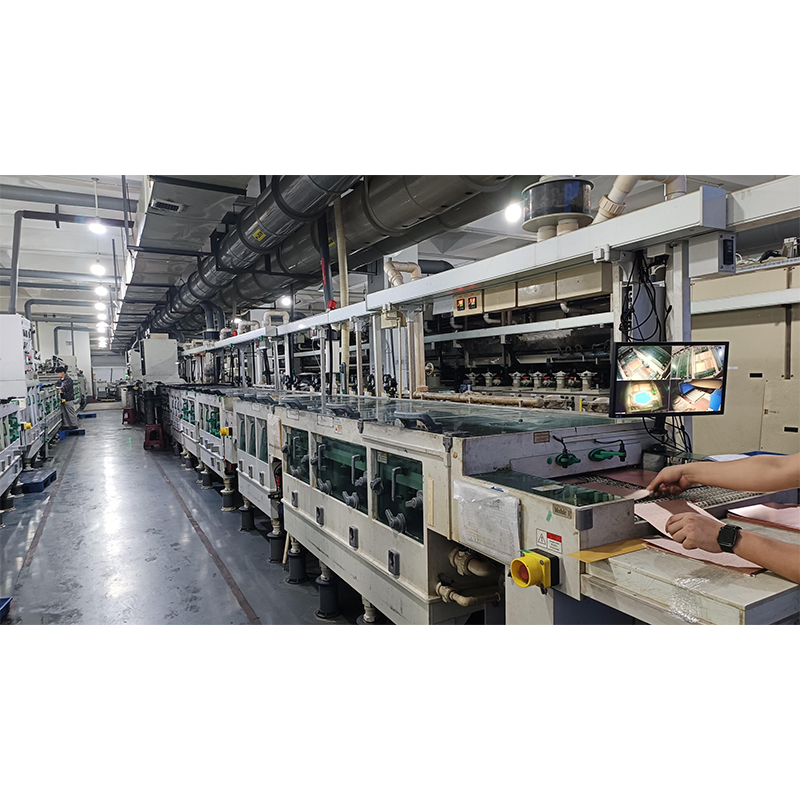Introduction:
In this blog, we will discuss some basic strategies and best practices for achieving manufacturability and cost-effectiveness in rigid-flex circuit board designs.
Designing rigid-flex circuit boards presents several challenges, including ensuring manufacturability and cost-effectiveness. Careful consideration of various factors is required to create a design that meets both functional requirements and cost objectives.
1. Clarify design requirements
The first step to ensure manufacturability and cost-effectiveness is to clearly define design requirements. This includes determining functionality, size, electrical and mechanical limitations, and any specific needs associated with the product to which the rigid-flex circuit board belongs. With a clear set of requirements, it is easier to identify potential design issues and optimize the design accordingly.
2. Involve end users and manufacturing experts early in the design process
To effectively address manufacturability and cost-effectiveness challenges, it is critical to involve end users and manufacturing experts early in the design process. Their input can help identify critical design constraints and provide insights into manufacturing techniques, material selection and component sourcing. Working with manufacturing experts ensures that the design is ready for mass production and that potential manufacturing issues are considered from the initial stages.
3. Optimize material and manufacturing cost design
Material selection plays an important role in achieving a cost-effective rigid-flex circuit board design. Selecting the appropriate materials that meet both functional requirements and cost goals is critical. Conduct a thorough study of available materials to identify those that provide a balance between performance and cost. Additionally, consider the manufacturing processes required for the selected materials and optimize the design to minimize complexity and reduce manufacturing costs.
4. Minimize complexity and avoid over-engineering
Complex designs with unnecessary features and components can significantly impact manufacturability and cost-effectiveness. Over-engineering can result in higher production costs, increased likelihood of manufacturing issues, and longer lead times. Therefore, it is important to keep the design as simple and clear as possible. Eliminate any unnecessary components or features that do not directly contribute to the board’s functionality, reliability, or performance.
5. Design for Manufacturability (DFM) Guidelines
Follow the manufacturer or design-for-manufacturing (DFM) guidelines provided by the manufacturer. These guidelines help ensure that the design is compatible with the manufacturing processes and capabilities of the selected manufacturing partner. DFM guidelines typically cover aspects such as minimum trace widths, spacing requirements, use of specific drill holes, and other design constraints specific to the manufacturing process. Adhering to these guidelines improves manufacturability and reduces the chance of costly redesigns.
6. Conduct thorough design verification and testing
Conduct thorough design verification and testing before final design. This includes testing the functionality, manufacturability and reliability of the design. Evaluate designs using computer-aided design (CAD) tools and simulations to identify any design flaws or potential manufacturing issues. Addressing these issues early in the design phase can save significant time and cost that would otherwise be spent on rework or redesign later in the process.
7. Work with a reliable and experienced manufacturing partner
Working with a reliable and experienced manufacturing partner is critical to achieving manufacturability and cost-effectiveness. Choose a manufacturing partner that specializes in rigid-flex circuit board manufacturing and has a proven track record of delivering high-quality products at competitive prices. Discuss your design requirements and constraints with them, benefit from their expertise, and gain valuable insights for optimized manufacturing and cost-effective designs.
In summary
Ensuring manufacturability and cost-effectiveness of rigid-flex circuit board designs requires careful planning, optimization, and collaboration with experts. By clearly defining design requirements, involving manufacturing experts early, optimizing designs for materials and manufacturing costs, minimizing complexity, following DFM guidelines, conducting thorough design verification, and partnering with reliable manufacturers, you can design to meet functionality And functional rigid-flexible circuit board. requirements and cost targets.
Post time: Oct-09-2023
Back







